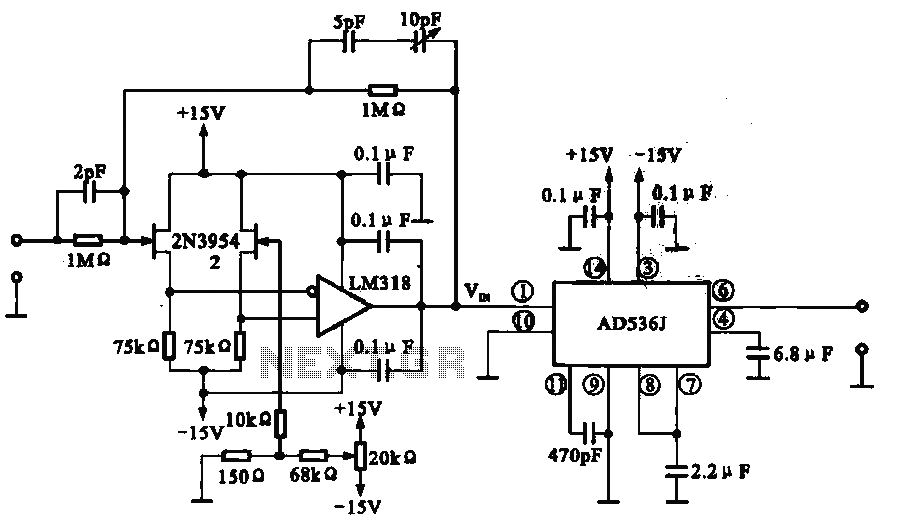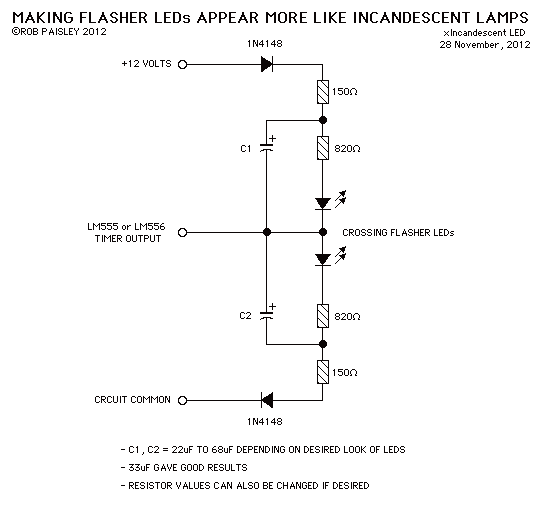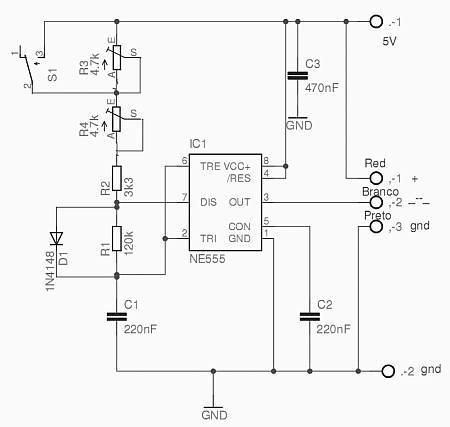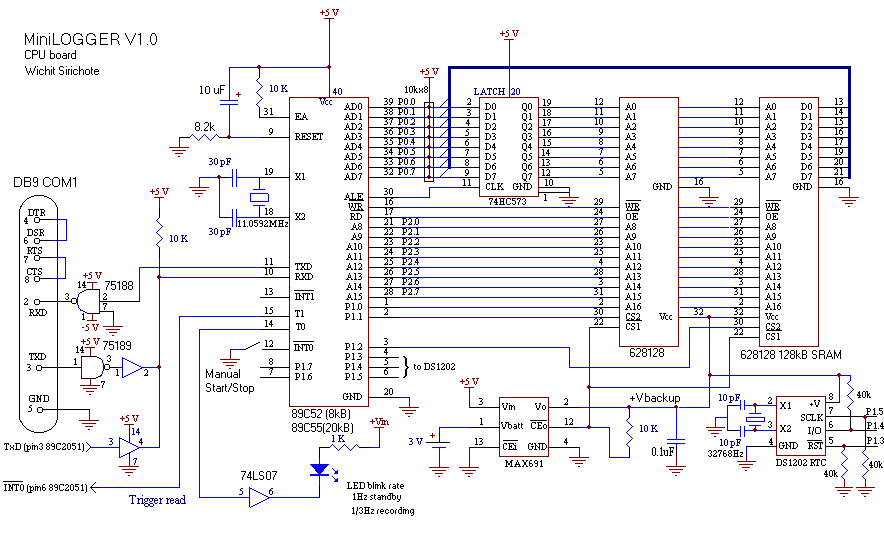
AC RMS and DC converter circuit

An AC to DC circuit converts sinusoidal alternating current into direct current. If the input signal is not sinusoidal, such as a triangular wave, the distortion is significant. The relationship between the average value and the RMS value is approximately 1.11 times, leading to a relatively large measurement error. This situation does not imply that the conversion is ineffective; rather, it allows for the direct conversion of the AC effective value into DC. The AC RMS is utilized in the DC power conversion path, primarily for signal measurement devices.
An AC to DC circuit typically employs components such as diodes, capacitors, and sometimes inductors to achieve the conversion. The fundamental operation begins with the rectification of the AC signal, which is most commonly performed using a bridge rectifier configuration. This arrangement consists of four diodes arranged in a bridge format, allowing for the conversion of both halves of the AC waveform into a unidirectional flow of current.
Following rectification, the output voltage is still pulsating, which necessitates the use of filtering components. Capacitors are employed to smooth the rectified output, reducing the ripple voltage and providing a more stable DC output. The selection of the capacitor value is critical; larger capacitance values yield lower ripple voltages but may increase response time to load changes.
In scenarios where the input signal deviates from a pure sinusoidal waveform, such as triangular or square waves, the circuit must account for increased distortion. The RMS (Root Mean Square) value is crucial in these instances, as it provides a measure of the effective voltage of the AC signal. The relationship between the average value and the RMS value becomes essential for accurate measurements and can introduce significant errors if not properly accounted for.
For signal measurement devices, the AC RMS value is pivotal in determining the equivalent DC output. The conversion path must ensure that the output accurately reflects the input signal's characteristics, particularly in applications where precise measurements are necessary. Therefore, careful design and component selection are paramount to minimize distortion and maximize measurement accuracy in AC to DC conversion applications.AC to DC circuit is a sinusoidal alternating current into direct current crossing the circuit, if the input signal is not sinusoidal but triangular wave or sine wave distortion is relatively large, the relationship between the average and rms on 1.11 times, thus measuring error will be relatively large, this situation do not mean, but can be obtained directly converted into AC effective value converted to DC, AC RMS circled DC power conversion path, which is mainly used for signal measurement device.
An AC to DC circuit typically employs components such as diodes, capacitors, and sometimes inductors to achieve the conversion. The fundamental operation begins with the rectification of the AC signal, which is most commonly performed using a bridge rectifier configuration. This arrangement consists of four diodes arranged in a bridge format, allowing for the conversion of both halves of the AC waveform into a unidirectional flow of current.
Following rectification, the output voltage is still pulsating, which necessitates the use of filtering components. Capacitors are employed to smooth the rectified output, reducing the ripple voltage and providing a more stable DC output. The selection of the capacitor value is critical; larger capacitance values yield lower ripple voltages but may increase response time to load changes.
In scenarios where the input signal deviates from a pure sinusoidal waveform, such as triangular or square waves, the circuit must account for increased distortion. The RMS (Root Mean Square) value is crucial in these instances, as it provides a measure of the effective voltage of the AC signal. The relationship between the average value and the RMS value becomes essential for accurate measurements and can introduce significant errors if not properly accounted for.
For signal measurement devices, the AC RMS value is pivotal in determining the equivalent DC output. The conversion path must ensure that the output accurately reflects the input signal's characteristics, particularly in applications where precise measurements are necessary. Therefore, careful design and component selection are paramount to minimize distortion and maximize measurement accuracy in AC to DC conversion applications.AC to DC circuit is a sinusoidal alternating current into direct current crossing the circuit, if the input signal is not sinusoidal but triangular wave or sine wave distortion is relatively large, the relationship between the average and rms on 1.11 times, thus measuring error will be relatively large, this situation do not mean, but can be obtained directly converted into AC effective value converted to DC, AC RMS circled DC power conversion path, which is mainly used for signal measurement device.





